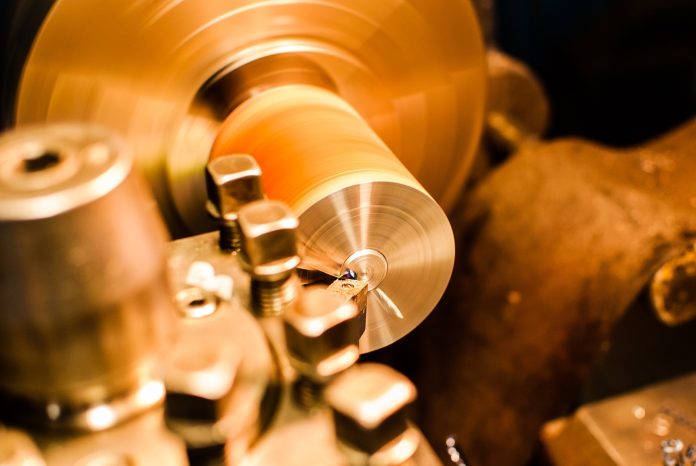Investment casting, a manufacturing method renowned for producing complex, high-precision components, is witnessing a transformative period in its long history. As the bedrock of various sectors, ranging from an aerospace manufacturer and automotive to healthcare and jewelry, investment casting is tapping into the power of technology to redefine its future. Key among these technological advances are 3D molding, robotization, and related cost efficiencies. Not only do these innovations bolster production processes, but they also allow faster time-to-market and increased flexibility, empowering even smaller manufacturers to compete effectively with industry giants.
Embracing 3D Molding Technology
The traditional process of creating wax patterns for investment casting has been a meticulous, labor-driven task. However, the dawn of 3D molding technology is radically altering this landscape. Using 3D printing, manufacturers can produce detailed patterns with speed and precision.
This leap forward in technology doesn’t just replace traditional methods; it enriches them. Rapid prototyping is a notable advantage of 3D printed molds. Design modifications can be implemented digitally, and a new mold can be printed in a fraction of the time taken by traditional methods. This hastens the development cycle and allows a higher degree of design flexibility. Additionally, 3D printed molds can deliver more intricate geometries, paving the way for casting more complex parts, thereby expanding the horizons of what investment casting can achieve.
The Rise of Robotization
The impact of robotization on the investment casting industry is undeniably profound. Repetitive tasks, previously performed by humans, such as pouring molten metal, extracting castings from molds, and finishing and polishing castings, are increasingly being delegated to robots.
Robotization offers an array of benefits. By reducing human error and enhancing efficiency, it significantly boosts productivity. Robots can also perform tasks in conditions that may pose hazards to humans, like high temperatures or proximity to molten metal, thereby improving safety. Beyond that, robotization leads to superior consistency and quality in the produced castings, a boon for industries demanding high-quality components.
Cost-effectiveness and Faster Time-to-market
The combination of 3D molding and robotization has given rise to significant cost savings and faster product launches. Advanced technologies streamline the manufacturing process, leading to increased efficiency and productivity, ultimately driving down costs. The result is a leaner, more competitive industry able to respond more effectively to market demands.
The quicker prototyping offered by 3D printing reduces the time taken to get a product to market, a crucial factor in industries where speed and flexibility are paramount. This agility allows manufacturers to compete effectively in rapidly changing markets and respond to consumer demand for customized products.
Smaller Production Runs: A New Competitive Edge
As technology lowers production costs and accelerates time-to-market, even small-scale manufacturers find themselves capable of competing with larger, established competitors. The flexibility of 3D printing enables the production of smaller batches without the traditional associated cost penalties. This development empowers smaller businesses to offer bespoke solutions, bringing an element of customization and personalization to the industry.
The advent of these technological developments is not only transforming the investment casting process but also reshaping the entire industry’s competitive landscape. By enabling cost-effective production, faster time-to-market, and flexible production quantities, these innovations are equipping businesses of all sizes to compete on an even playing field. With its adaptability to these evolving technologies, the investment casting industry is set to remain a cornerstone of manufacturing for years to come. The future of investment casting shines bright with promise, offering exciting opportunities for businesses ready to embrace these transformative changes.



 Bitcoin
Bitcoin  Ethereum
Ethereum  Tether
Tether  XRP
XRP  Solana
Solana  USDC
USDC  TRON
TRON  Lido Staked Ether
Lido Staked Ether  Cardano
Cardano  Avalanche
Avalanche  Toncoin
Toncoin